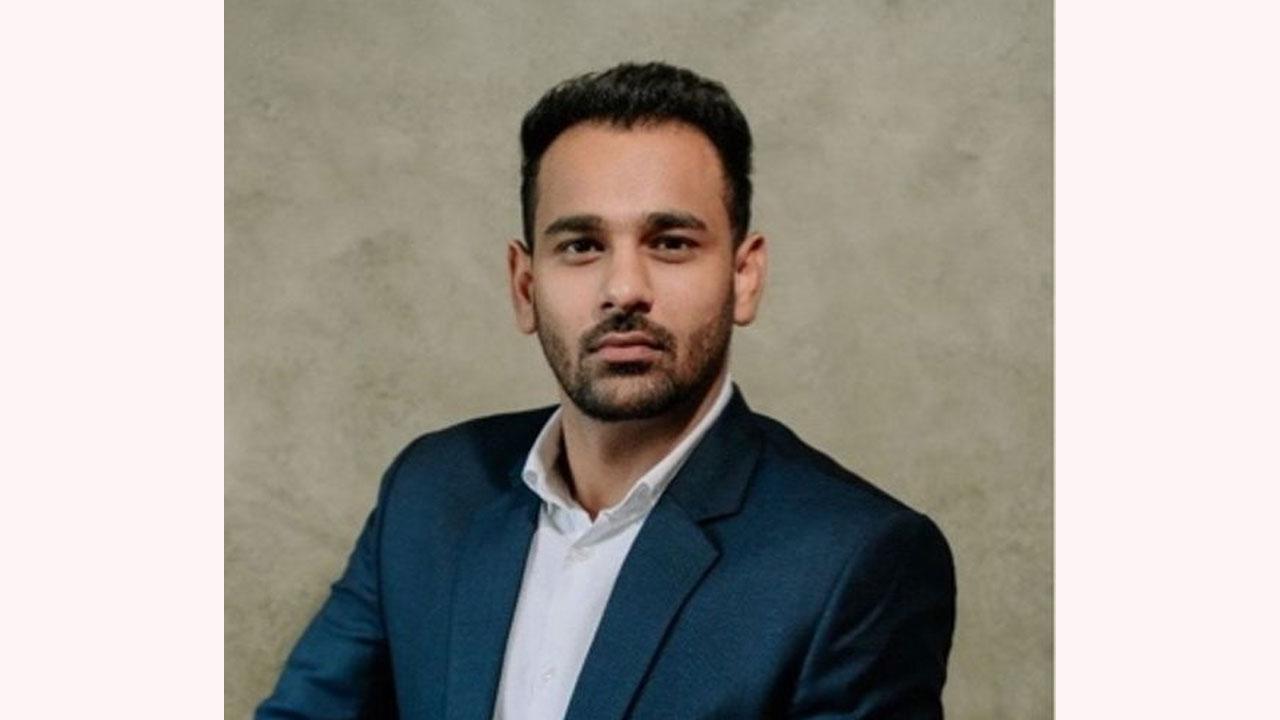India’s Net Zero mission, SDGs, and Make in India movement all demand accountability from one of its largest employers-the real estate sector.

Lohit Bansal, Managing Director, PLPB
As the world transitions to rapid urbanisation, the real estate sector finds itself at the heart of this transformation-not just by building infrastructure, but by shaping and recrafting lives. We are witnessing that the conversation around sustainable development continues to evolve from being just about carbon footprints and resource efficiency to encompassing a more profound and empathetic goal and that is enhancing the well-being of people and communities.
Wellness is no longer a luxury; it’s a necessity. Having interacted with over a few thousand people over the last couple of years, the finding is clear that wellness itself is not static-it is a journey of continuous evolution, where individuals, families, and societies thrive together, elevating their well-being quotient in every dimension: mental, physical, and spiritual. For real estate players, this evolution brings with it a unique responsibility-and an incredible opportunity-to create ecosystems that go beyond shelter, and truly nurture life.
Beyond Concrete: Building for the Mind, Body, and Soul
COVID made the world literally pause and gave us time to reflect. It became evident that modern buildings and amenities needed a fundamental shift-from focusing merely on aesthetics or utility to being intentional spaces of care. This conceptual shift brought forth a vision: to build habitats that confirm holistic well-being. At the core of this vision are three interconnected pillars-Mind, Body, and Soul-and real estate is uniquely placed to craft environments that nourish all three.
While cutting-edge design and sustainable materials continue to define competitive advantage in the sector, forward-looking developers now seek to anchor their developments in a broader purpose. Projects that integrate walking trails, community gardens, natural lighting, air purification systems, and inclusive common spaces are slowly becoming the norm. But this is just the beginning.
Communities today long for a deeper connection-not just with others, but with themselves, nature, and a higher sense of purpose. This is where real estate’s contribution must stretch beyond infrastructure to spark community bonding and shared living experiences.
From Houses to Healing Spaces
The home needs to be a sanctuary-where every design element encourages peace, growth, and harmony. The integration of nature into real estate developments-whether through vertical gardens, biophilic designs, water bodies, or tree-lined courtyards-helps people reconnect with the earth, bringing alignment of the rhythm of daily life and invoking calm with nature. Shared amenities like meditation zones, wellness retreats, yoga studios, and open amphitheatres foster not just individual healing, but community engagement.
Such spaces don’t just support physical health but also mental resilience. Common areas designed for interaction, laughter, and collaboration can reduce the sense of isolation while promoting joy, belonging, and mutual support.
Further, the communities become more connected with energies and learning from the very young to the very old transcend to bring in the sense of belongingness and become the reason to stay connected.
Spiritualism: The Missing Link in Urban Living
In our quest for materialistic growth, spiritual wellness often takes a back seat. Yet, its spiritual grounding and its roots help bring lasting balance. By weaving spiritualism into the fabric of residential planning-through spaces for prayer, reflection, silence, and soulful events-developers can help individuals feel more centered, connected and fulfilled.
This isn’t about religion-it’s about resonance. Spiritualism, when thoughtfully integrated, can bring alignment among body, mind, and spirit. It fosters harmony with the self, with others, and with nature. Imagine communities that celebrate seasonal rituals, host sound healing circles, or hold sunrise meditations by a lake-where neighbours don't just coexist, but truly connect.
Designing with Empathy, Building with Purpose
At its essence, real estate is not just about creating spaces-it’s about crafting experiences. Experiences that empower residents to live fuller lives, elevate collective consciousness, and heal in togetherness. For developers, this means adopting a mindset of empathy-truly understanding the unspoken needs of people-and translating that into purposeful design.
This could mean creating mixed-use developments where senior citizens, young professionals, and children interact freely. It could involve designing inclusive play zones, safe cycling paths, or co-working lounges that facilitate more than productivity-they foster community.
The Role of Real Estate in Nation-Building
India’s Net Zero mission, SDGs, and Make in India movement all demand accountability from one of its largest employers-the real estate sector. Developers must rise to the occasion, not just meeting green building norms but living them. By choosing eco-friendly materials, reducing construction waste, integrating renewable energy, and ensuring inclusive design, real estate players become custodians of sustainable living.
But the journey doesn’t end with infrastructure. Real estate must become a bridge-between material comfort and spiritual wellness, between progress and purpose, between individuals and the communities they form.
A Collective Vision for a Kinder Future
As cities expand and lifestyles evolve, the need for soulful spaces becomes more urgent. Real estate developers, architects, and policymakers must collectively aspire to a new vision of urban India-where nature, community, and care are built into the foundation of every home.
It’s time to go beyond the idea of real estate as just property. Let it be seen as a platform for societal transformation, a space where wellness is nurtured, harmony is lived, and spiritualism becomes the quiet force guiding everyday life.
In doing so, we don’t just build homes-we create havens. We don’t just construct communities - we craft cultures of compassion.
And that is where real estate becomes truly real.
 Subscribe today by clicking the link and stay updated with the latest news!" Click here!
Subscribe today by clicking the link and stay updated with the latest news!" Click here!








